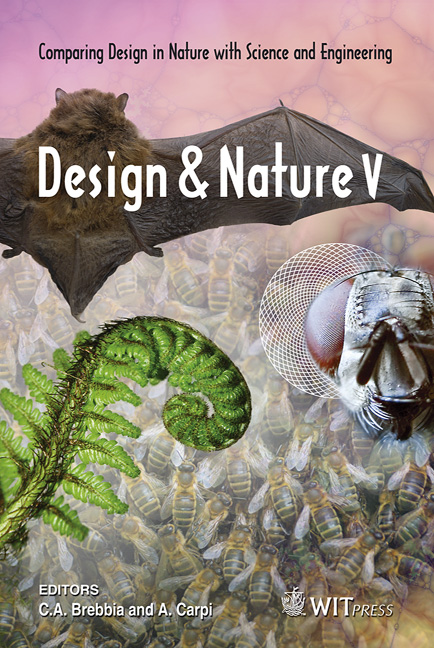Magneto-mechanical Actuation Model For Fin-based Locomotion
Price
Free (open access)
Transaction
Volume
138
Pages
13
Page Range
375 - 387
Published
2010
Size
1,484 kb
Paper DOI
10.2495/DN100331
Copyright
WIT Press
Author(s)
J. P. Carbajal & N. Kuppuswamy
Abstract
In this paper, we report the results from the analysis of a numerical model used for the design of a magnetic linear actuator with applications to fin-based locomotion. Most of the current robotic fish generate bending motion using rotary motors, which implies at least one mechanical conversion of themotion.We seek a solution that directly bends the fin and, at the same time, is able to exploit the magnetomechanical properties of the fin material. This strong fin-actuator coupling blends the actuator and the body of the robot, allowing cross optimization of the system’s elements. We study a simplified model of an elastic element, a spring-mass system representing a flexible fin, subjected to nonlinear forcing, emulating magnetic interaction. The dynamics of the system are studied under unforced and periodic forcing conditions. The analysis is focused on the limit cycles present in the system, which allows the periodic bending of the fin and the generation of thrust. The frequency, maximum amplitude and center of the periodic orbits (offset of the bending) depend directly on the stiffness of the fin and the intensity of the forcing; we use this dependency to sketch a simple parameter controller. Although the model is strongly simplified, it provides means to estimate first values of the parameters for this kind of actuator and it is useful to evaluate the feasibility of minimal actuation control of such systems. Keywords: actuator model, magneto-mechanical coupling, fin locomotion, numerical models, frequency response. 1 Introduction In the last two decades underwater fin-based propulsion has been a topic of intense research. Theoretical models and simulations based on a multiplicity of numerical
Keywords
actuator model, magneto-mechanical coupling, fin locomotion, numerical models, frequency response





